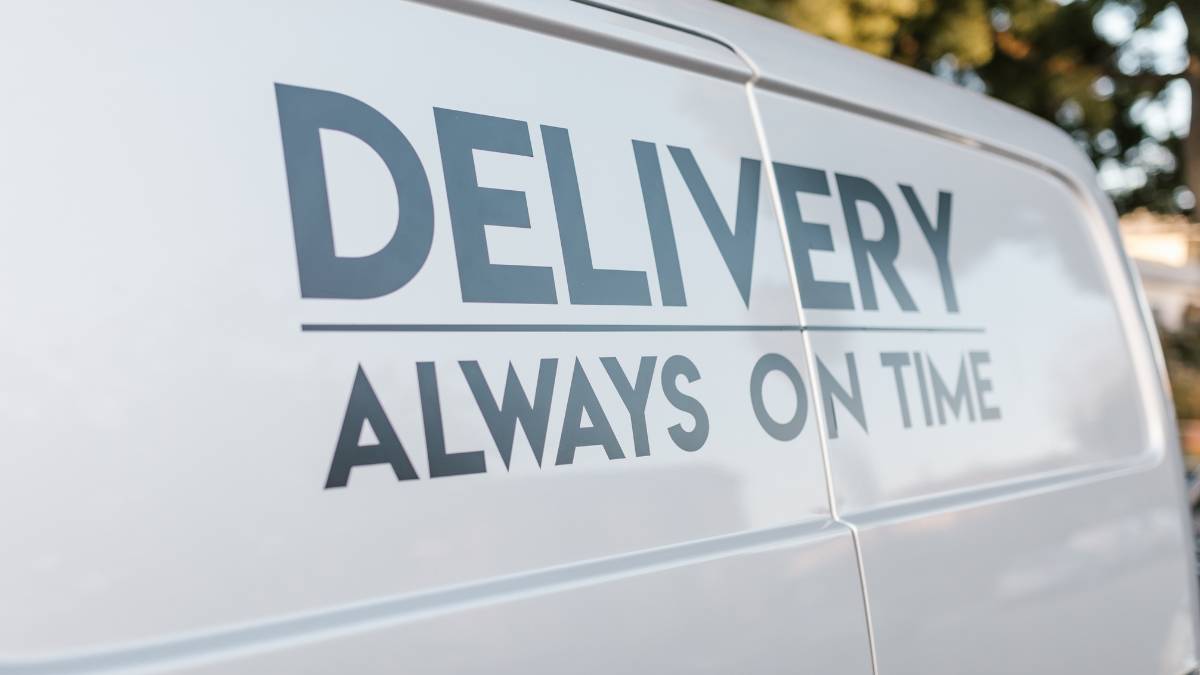Last Updated on July 25, 2017 by Bharat Saini
Retailing today has taken a giant leap from the traditional scale based economic parameters. Apart from fighting price margin wars, today’s retail is more about offering a seamless customer experience. The onset of online retail has played its role in ensuring traditional retailers to undertake a technological leap to build smarter brands. The use of omni-channel retailing is one such approach that is helping businesses to offer a better shopping experience to their customers.
The popularity of digital devices like Smartphone and tablets, the use of mobile applications, use of advanced featured sale kiosks in brick and mortar store are all essential parts of omni-channel retail functionality. The ability to offer services across various retail channels with proactive customer support makes up for the coherent traits of omni-channel retailing. Retailers or brands offering better customer experiences are more likely to have lower churn rates and higher brand loyalty.
Omni-channel functionality is high on the wish list of most retailers
A common factor that stops majority of retailers in adopting an omni-channel approach is the association of multiple myths. Here is a look at the popular myths associated with omni-channel retailing helping retailing.
1: Omni-Chanel retailing means higher costs
Many enterprises would like to adopt an omni-channel sales approach if given a choice but the myth that omni channel strategies cost a lot runs them down. Omni channel strategies are definitely likely to cost more if not managed professionally. On the other hand when done the right way in an experienced work environment, implementing omni-channel strategies may not be that costly an affair. From choosing an inexperienced application management services to using the wrong channel for the wrong process and not educating customers about other potential channels have a role in escalating costs and minimizing omni-channel functionality. Effectively creating multiple channel operational frameworks is a case in point to ensure low cost omni-channel retail functionality.
2: Omni Channel means similar customer experience across all channels
Many retailers looking for omni-channel retail functionality often are unsure what they would like their customers to experience on various channels. If as a business enterprise you are looking at similar customer experience at various retail channels, building an omni-channel function may be a never ending process. Every retail channel is attractive for dedicated buyers or potential buyers. Since the users vary at each channel, the customer experience for each channel will also be unique and different. So while an omni-channel does mean cross integration of sales, customer service and support, the customer experience can be unique for each channel.
3: Customer driven omni-channel works best
Retailers offering omni-channel support function often consider that the best way in ensuring higher sales and low churn rates is to let the customer choose the apt channel. While it may not be a bad idea but an average customer may not always have the perfect information as to which channel will be most effective. For example, a customer may walk into a retail store and would like to use the in-house omni channel sale kiosk. Being a first time user, the customer may not be able to make full use of the functionality offered by the self use kiosk. If the customer can be offered a helping hand by a salesperson, it may result in a successful sale. So while having multiple Omni-channel implementation are great for business, customers must be tracked to offer the best customer experience as per their convenience.
4: Every channel needs dedicated skills
Cross linking between omni-channel for retail should be balanced by cross linking of various teams handling each such channel. A common myth associated with omni-channel retail is the need of dedicated skill set of employees to handle each channel. For example, a customer may initiate proceedings on one channel, buy on another and opt for a customer service or feedback using an entirely different channel. So, effectively having dedicated skill set employees for each channel may not work as a best strategy.
5: Omni-channel is all about technology
Although technology plays a significant role in omni-channel retailing, it is not all about technology alone. The basic imperatives to drive omni-channel retail should be based on actual return on investment. The recent Ernst & Young research indicates that merely 33% businesses were actually profitable post omni-channel integration. The cost effectiveness of omni-channel functionality should be judged primarily on business based parameters and not just adopting technology alone.
Conclusion: Omni channel retailing is the future and sooner retailers adopt for such functionality the better it can be for their business. Strategizing of omni-channel retailing should be done after taking adequate measure of actual return on investment (ROI) and not based on popular myths. Some of the popular myths associated with omni-channel retailing are busted above.


